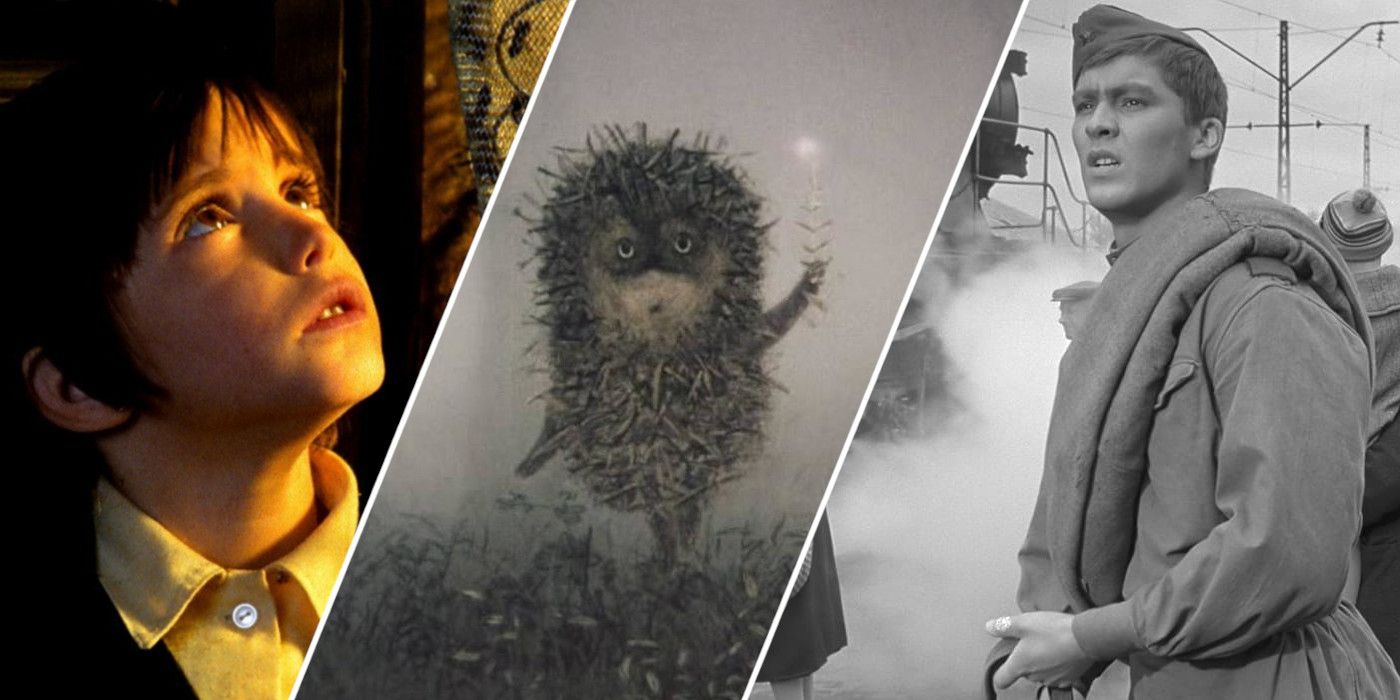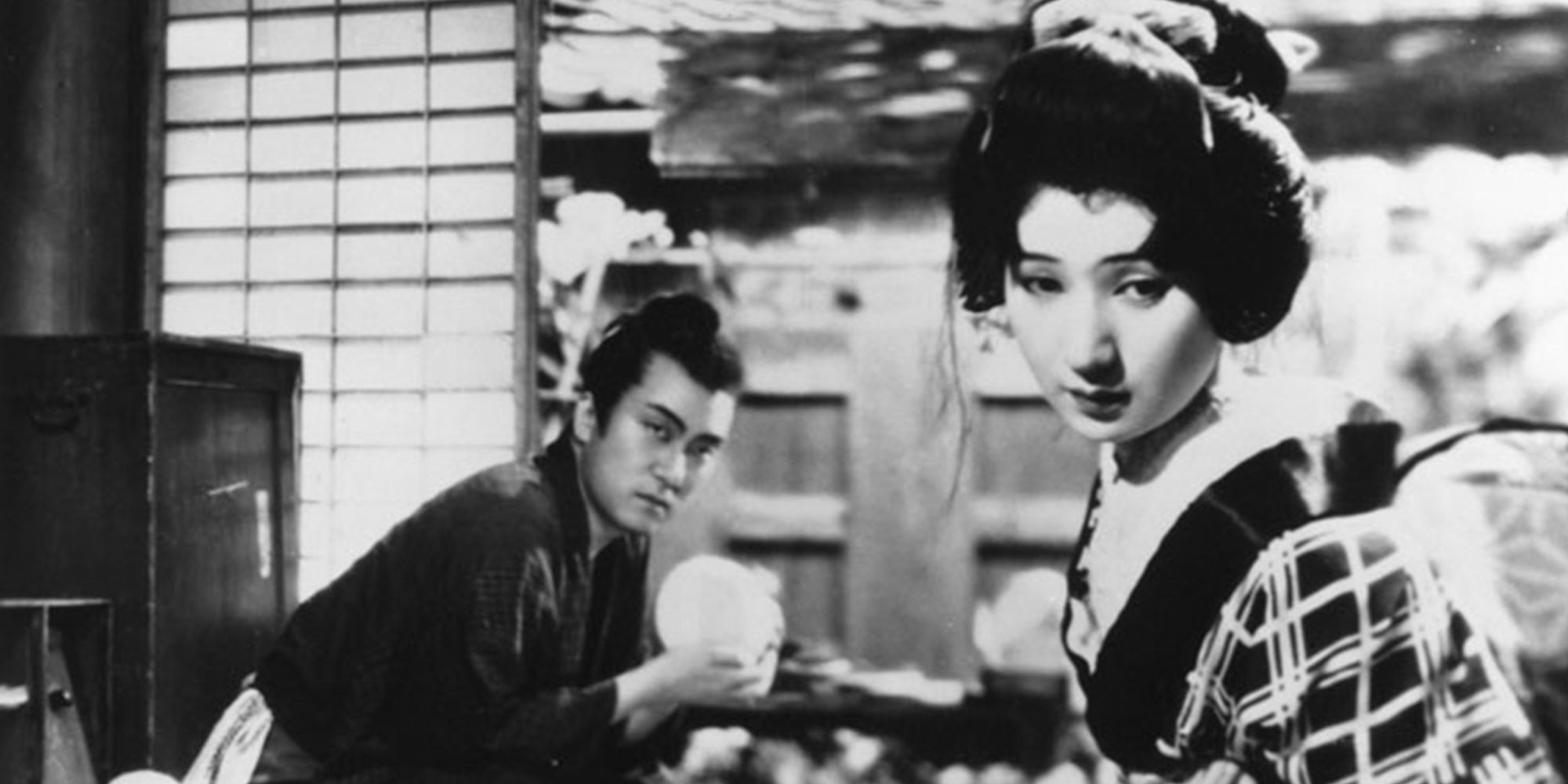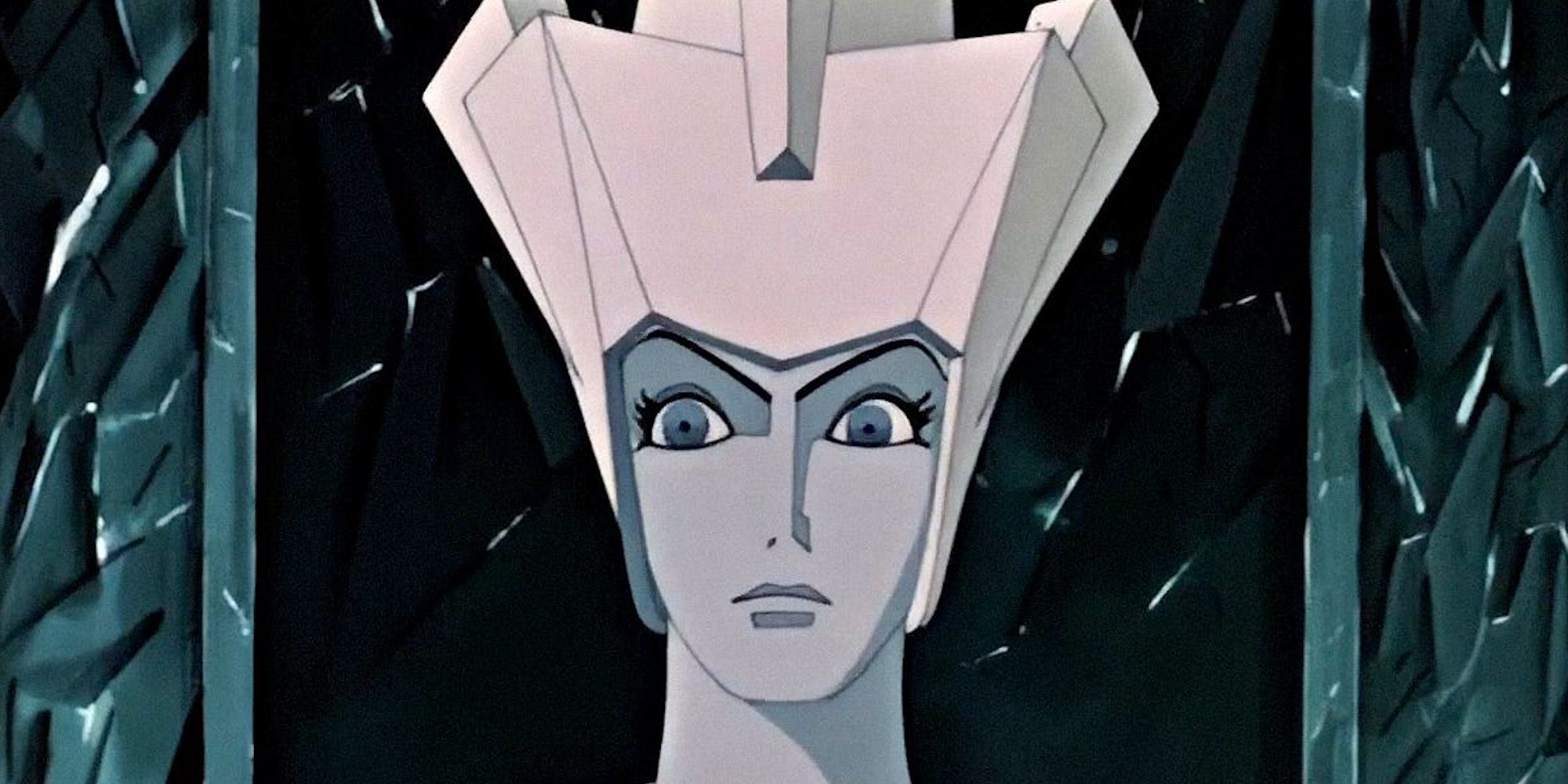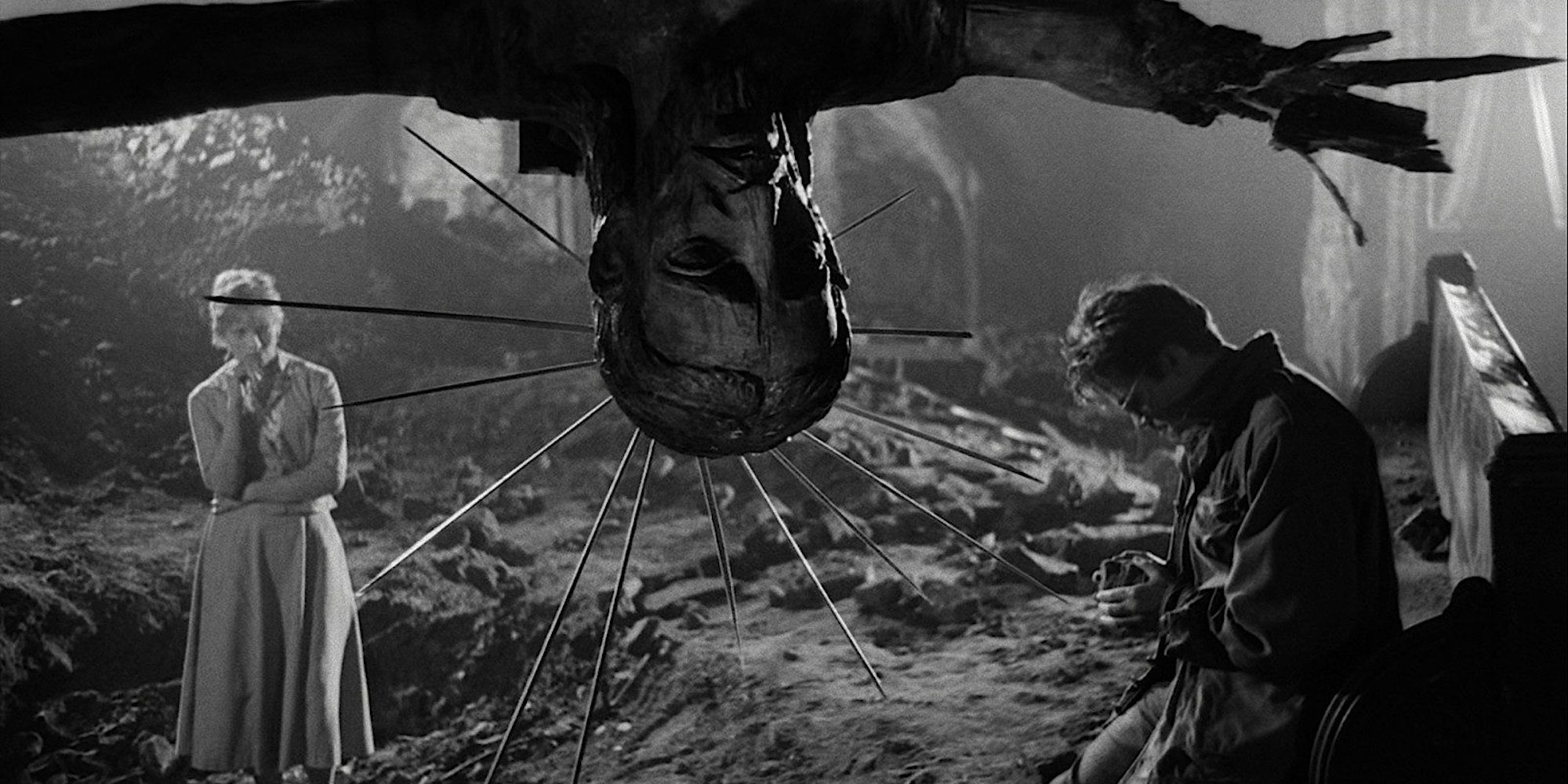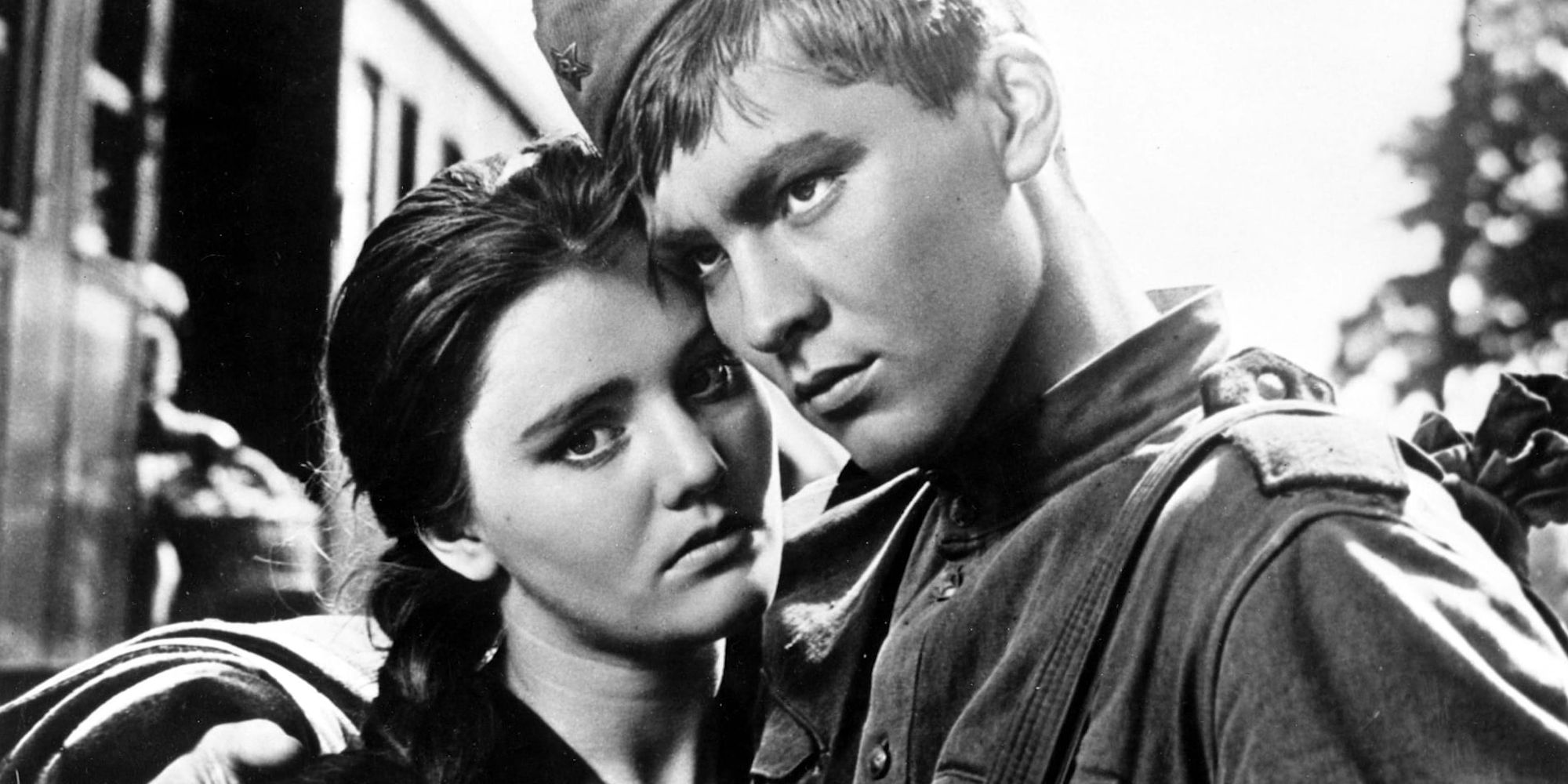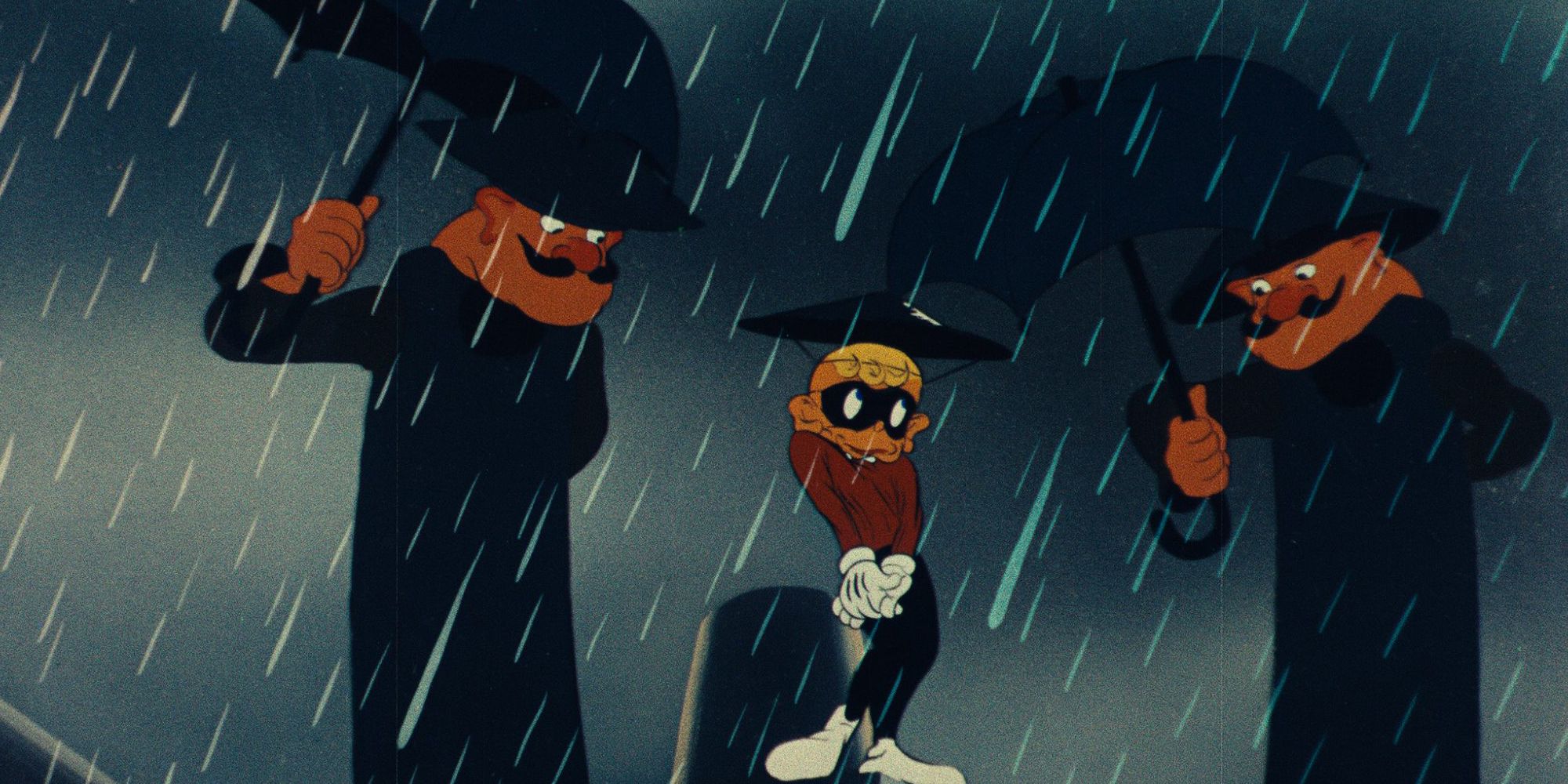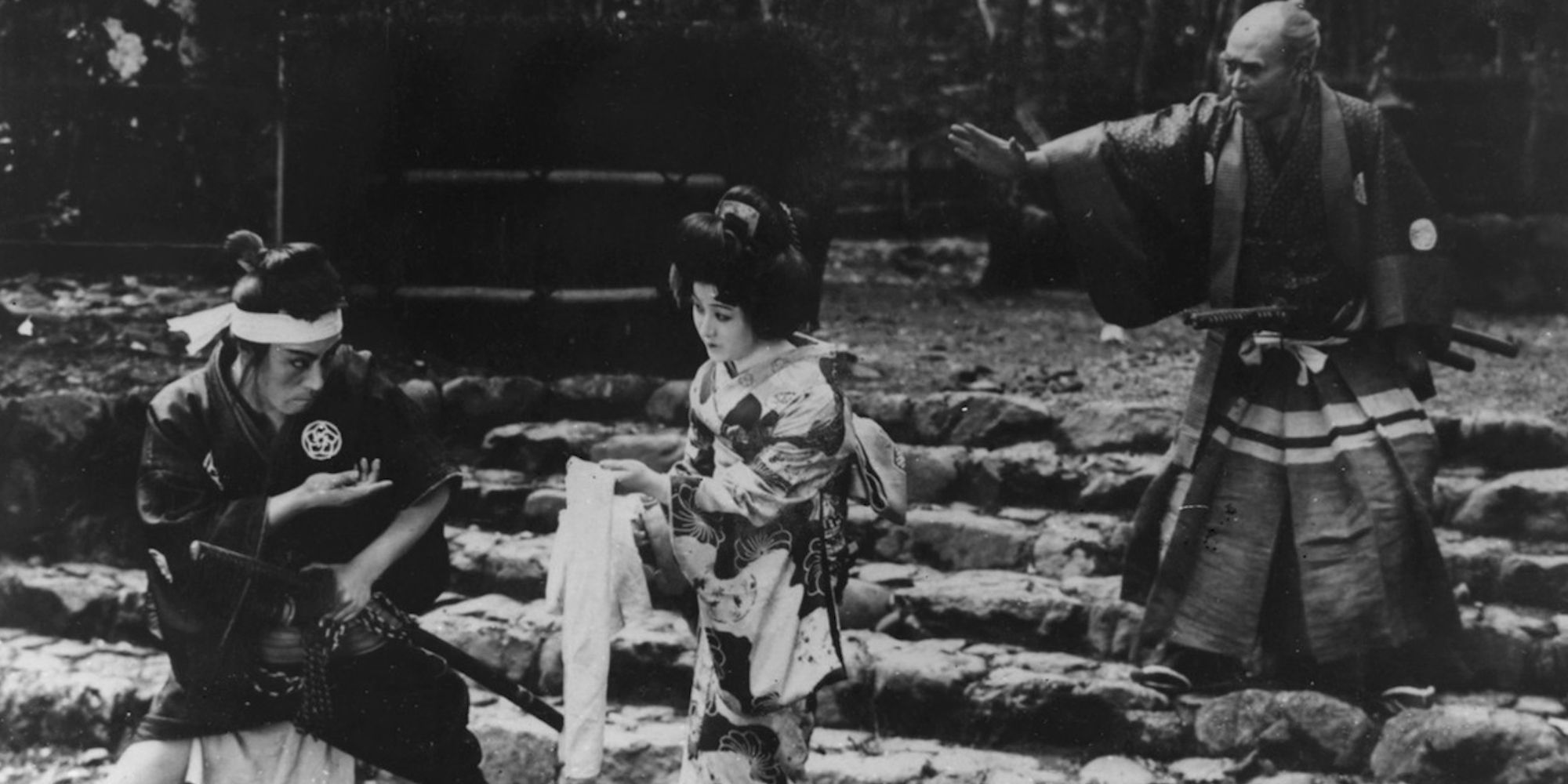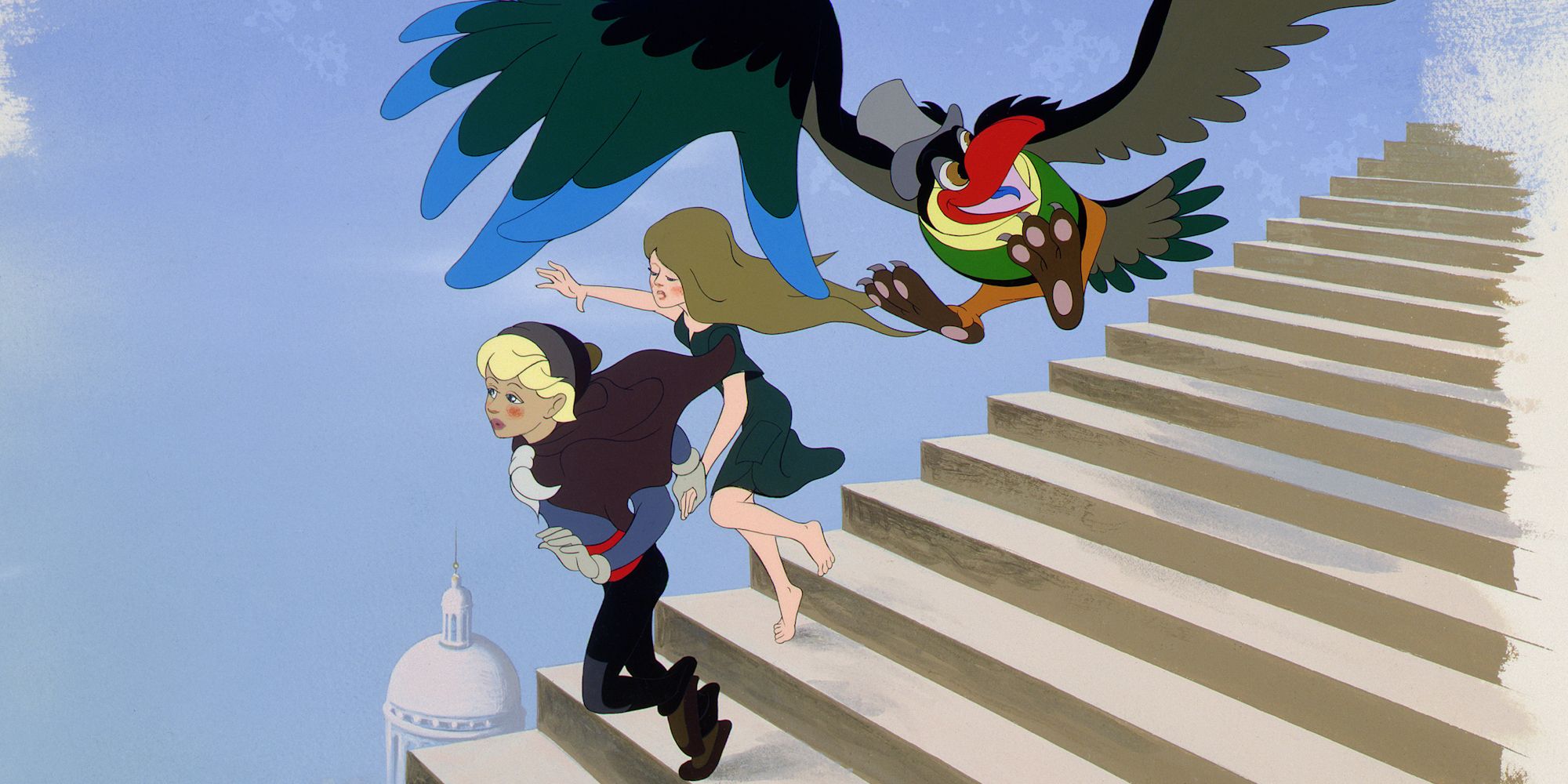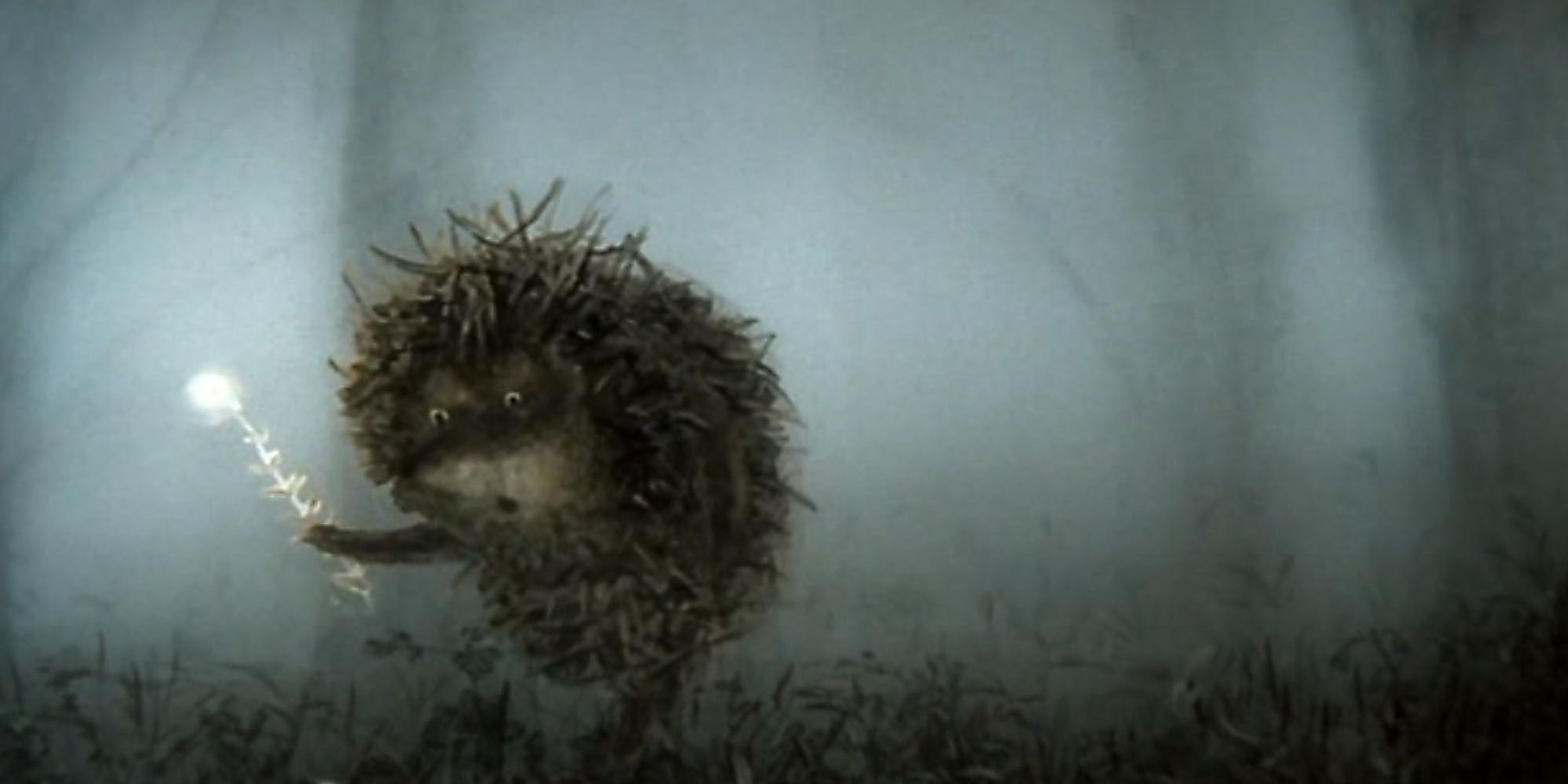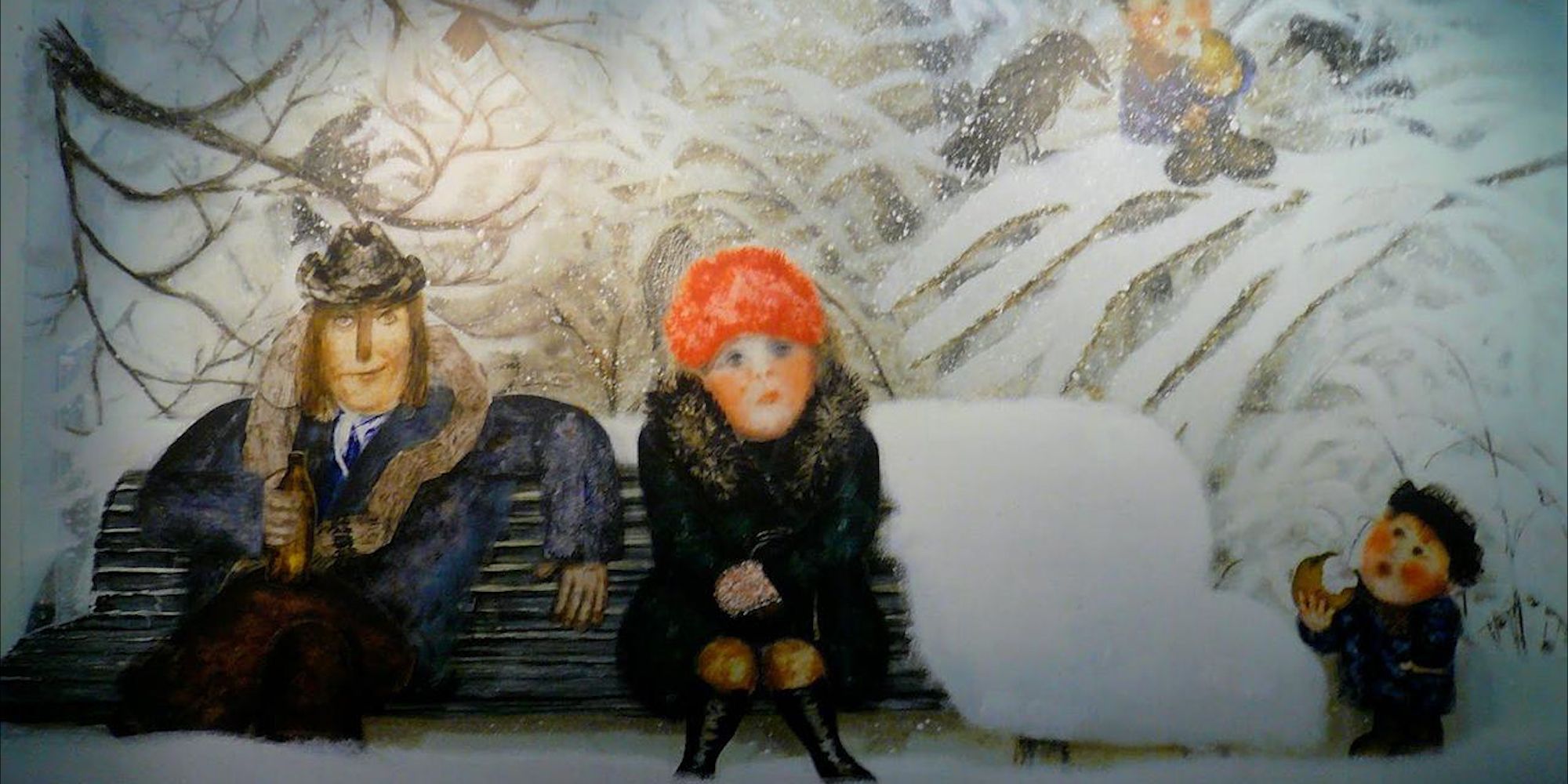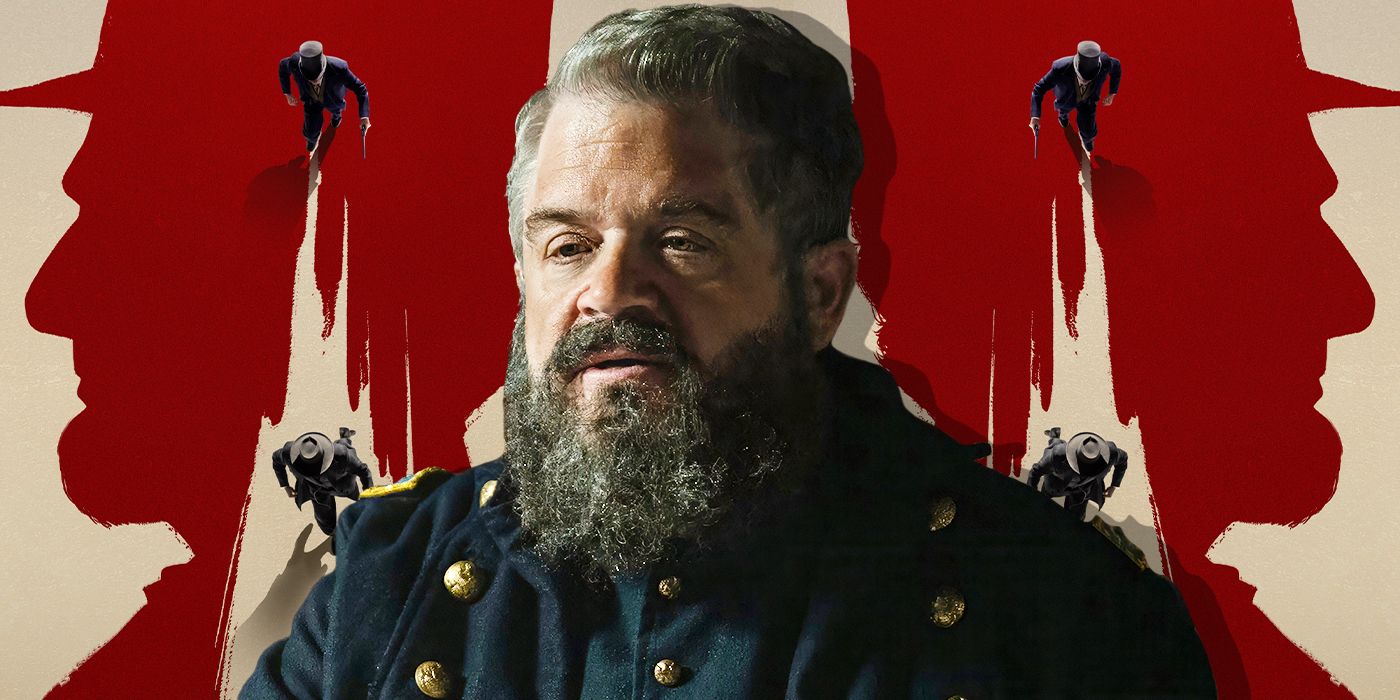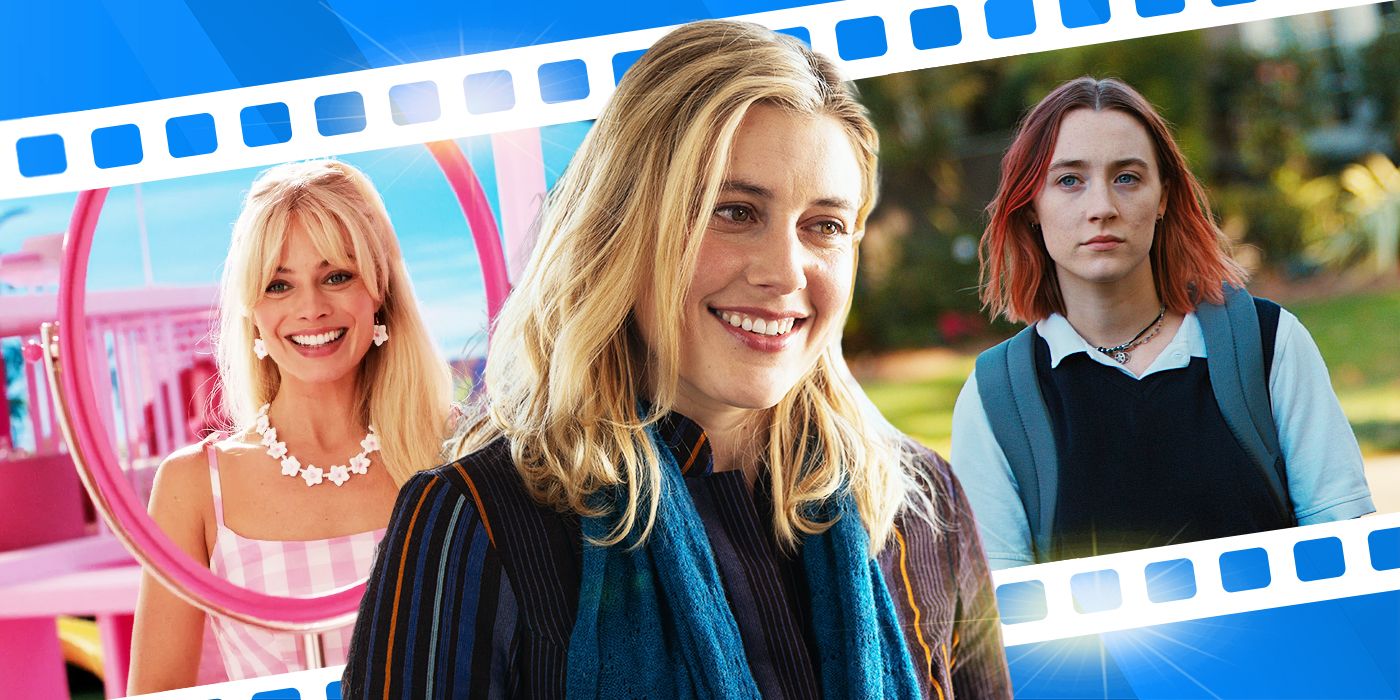Japanese filmmaker and animator Hayao Miyazaki is the visionary mind behind classics like Spirited Away, My Neighbor Totoro and Princess Mononoke. With a career spanning several decades, Miyazaki has become synonymous with Studio Ghibli, the animation powerhouse he co-founded. His films are celebrated for their intricate storytelling, richly developed characters, and stunningly detailed hand-drawn animation. His visual style is instantly recognizable, transcending language and cultural barriers. He was set to retire after this year’s The Boy and the Heron, but fortunately, it appears he has changed his mind.
Like most great filmmakers, Miyazaki is also an avid movie fan who has praised scores of films over the years. His taste is eclectic, spanning everything from Soviet films to Spanish war dramas to, of course, animation. These movies have Miyazaki’s seal of approval; odds are, fans of his revered work will enjoy them as well.
10 ‘The Spirit of the Beehive’ (1973)
A classic of Spanish cinema
The debut feature from Spanish director Víctor Erice, The Spirit of the Beehive is widely considered a landmark of Spanish cinema. Set in the aftermath of the Spanish Civil War, the film revolves around a young girl named Ana (Ana Torrent) who becomes mesmerized by the 1931 film Frankenstein after a screening in her remote village. Ana’s fascination with the story leads her to explore the desolate countryside, where she encounters a wounded soldier hiding in an abandoned barn.
The film looks at the stark realities of post-war Spain, skillfully juxtaposing Ana’s innocent imagination with the adult world’s brutality. Poetic and meditative, the movie is rich in symbolism and allegory, lending itself to endless interpretation. Miyazaki included it among his ten all-time favorite movies, and it’s easy to understand why.
Watch on The Criterion Channel
9 ‘Priest of Darkness’ (1936)
An early entry into the jidaigeki subgenre
Priest of Darkness is one of three surviving films by Japanese director Sadao Yamanaka, a pioneer of the jidaigeki, or historical, subgenre. Set in a poor district of Tokyo in the early 1800s, the story centers on Kochiyama Soshun (Chojuro Kawarasaki), a yakuza leader with a hot temper but a moral code. While he makes money by placing bets, his wife, Oshizu (Shizue Yamagishi), runs a tavern. Things get complicated after a samurai’s blade is stolen.
Yamanaka was an influential filmmaker behind some of the all-time best Japanese movies, inspiring legends like Akira Kurosawa, Kenji Mizoguchi, and Yasujirō Ozu. His movies are minimalist and tender, with striking cinematography and brisk pacing. Priest of Darkness was another movie that made Miyazaki’s top ten.
8 ‘The Snow Queen’ (1957)
A new take on a fairy tale classic
The Snow Queen is a Soviet animated film directed by Lev Atamanov, based on Hans Christian Andersen‘s fairy tale. It tells the story of Gerda, a girl who embarks on a heroic journey to rescue her friend Kai, who has been captured by the Snow Queen and held captive in her icy palace. Throughout her quest, Gerda encounters a host of magical and memorable characters who help her along the way, including a talking raven and a kind-hearted robber girl.
The film is regarded for its exquisite hand-drawn animation and memorable character designs. “When I saw the Soviet film The Snow Queen, I felt really happy that I had become an animator,” Miyazaki has said. “I thought that there could be no more wonderful occupation than creating such a marvelous world—no, of having the possibility of perhaps creating an even more marvelous world.” The Snow Queen is among the grittiest movies based on fairy tales, proving that the animation medium opens the door for multiple interpretations and possibilities.
7 ‘Ashes and Diamonds’ (1958)
A masterpiece of Polish realism
Set in the immediate aftermath of World War II, this Polish film portrays the existential crisis faced by a young resistance fighter, Maciek (Zbigniew Cybulski), tasked with assassinating a Soviet-backed Communist leader. Maciek grapples with questions of ideology, loyalty, and the blurred lines between right and wrong. Through him, the movie explores political turmoil and disillusionment in post-war Poland.
Ashes and Diamonds is frequently cited as the best work of Polish realism and one of the best films from 1958. Miyazaki mentioned it as one of his favorite movies that his father took him to see when he was a boy. “My father was passionate about cinema. He often took me to the movies from an early age,” Miyazaki explains. “I remember Ozu’s films, Vittorio De Sica‘s Bicycle Thief. Andrzej Wajda‘s Ashes and Diamonds, Bresson‘s Journal d’un cure de campagne. I remember these far better than Westerns or action films.”
Watch on Max
6 ‘Ballad of a Soldier’ (1959)
A sobering look at the cost of war
Young soldier Alyosha (Vladimir Ivashov) wins a medal for his heroics but asks to visit his mother instead. He is granted a brief furlough, so he sets out on a journey across war-torn Russia to see her, no small task considering German bombs continue to fall. In the process, Alyosha encounters a wide array of characters, each with their own story of love, loss, and sacrifice.
Ballad of a Soldier is among the most critically acclaimed Soviet films and was nominated for the Oscar for Best Original Screenplay. The story is more subtle than most of its kind, and the technical craftsmanship was praised. It also found a spot in Miyazaki’s top ten, confirming the director’s interest in political stories that explore the great cost that the decisions of the few have on the many.
Watch on The Criterion Channel
5 ‘The Curious Adventures of Mr. Wonderbird’ (1952)
A heavy influence on Miyazaki
Paul Grimault’s The Curious Adventures of Mr. Wonderbird is a whimsical French film and one of the all-time best animated films. It’s about a chimney sweep and a shepherdess who attempt to escape from a ruthless dictator with help from Wonderbird (voiced by Peter Ustinov). Grimault is a beloved figure in animation, and this is one of his most notable works.
“I was greatly influenced by the French animator Paul Grimault when I was much younger, and that has not changed even now,” Miyazaki has said. Indeed, traces of Grimault’s influence can be seen in several of Miyazaki’s movies. He directly references Mr. Wonderbird in Lupin III: Castle of Cagliostro, while the metal gardeners in Miyazaki’s Castle in the Sky look similar to some of its characters.
4 ‘Blood Splattered at Takadanobaba’ (1928)
A precursor to the samurai genre
Along with Yamanaka, another key figure in the development of jidaigeki was director Daisuke Itō. Itō mostly worked during the Silent Era and was famous for his distinctive shooting style, which uses a very mobile camera. Miyazaki is a fan of his film Blood Splattered at Takadanobaba. Inspired by true events, it focuses on the masterless samurai, Nakayama Yasubei, who comes to his uncle’s aid and finds himself in a vicious duel against multiple opponents.
Only part of the film survives, but Blood Splattered at Takadanobaba is packed with humor and energy, making it one of the best samurai movies. It’s choppy, but this only adds to the impact of the sword fighting. Blood Splattered at Takadanobaba remains an intriguing early example of a samurai film, hinting at the more polished movies that the subgenre would later produce.
3 ‘The King and the Mockingbird’ (1980)
Another take on a well-known classic
The King and the Mockingbird is another Grimault film that Miyazaki rates highly. It’s actually based on the same story as The Curious Adventures of Mr. Wonderbird and represents a more polished and complete version of that idea. It takes place in the kingdom of Takicardia, where an arrogant king and his robotic army rule with an iron fist. However, a brave shepherdess and a plucky chimney sweep set out on a journey to defy the oppressive regime. On their quest, they are aided by a wise and elusive mockingbird whose song holds the key to the kingdom’s liberation.
Now highly acclaimed, The King and the Mockingbird had a huge influence on Miyazaki and Studio Ghibli. “We were formed by the films and filmmakers of the 1950s. At that time, I started watching a lot of films. One filmmaker who really influenced me was the French animator Paul Grimault,” he has said. “It was through watching [The King and the Mockingbird] that I understood how it was necessary to use space in a vertical manner.”
2 ‘Hedgehog in the Fog’ (1975)
One of animation’s most stunning efforts
Hedgehog in the Fog is another Soviet animated film, this time directed by Yuri Norstein. Simple and timeless, it’s about an endearing hedgehog named Hedgehog, who embarks on a mysterious journey through a dense, misty forest to visit his friend, Bear, all the while stalked by a menacing eagle-owl. Hedgehog must deal with his fears and uncertainties as he navigates a fog-shrouded world filled with enigmatic creatures and surreal landscapes.
A masterpiece of surreal cinema, Hedgehog in the Fog is a groundbreaking classic of animation. Norstein’s inspired use of animation techniques and storytelling creates an evocative, dreamlike atmosphere. Here, the fog practically becomes a character in its own right. The film is beloved in the former Soviet Union and has fans around the world. Miyazaki has cited it as an influence and ranked it among his twenty-five favorite movies. While their visual styles are quite different, much of Norstein and Miyazaki’s work has a similar spirit.
1 ‘Tale of Tales’ (1979)
An unforgettable collection of stories
Another Norstein film that Miyazaki listed among his twenty-five favorites is 1979’s Tale of Tales. It’s made up of a series of vignettes that depict various memories. They unfold in a nonlinear, dreamlike manner, which was intended to be reminiscent of how real memories feel. Various characters recur across the sequences, including a poet, the little girl and the bull, and a gray wolf. Although the messages are implied rather than depicted outright, Tale of Tales has been interpreted as a meditation on World War II.
Tale of Tales is widely considered Norstein’s masterpiece, and for good reason. The hand-drawn animation is simple, powerful and gorgeous; the stories are sensitive; and the soundtrack, heavily featuring Mozart and Bach, is the perfect complement to the imagery. It’s the work of an artist at the height of their powers, trying to capture the feelings of their entire society.

